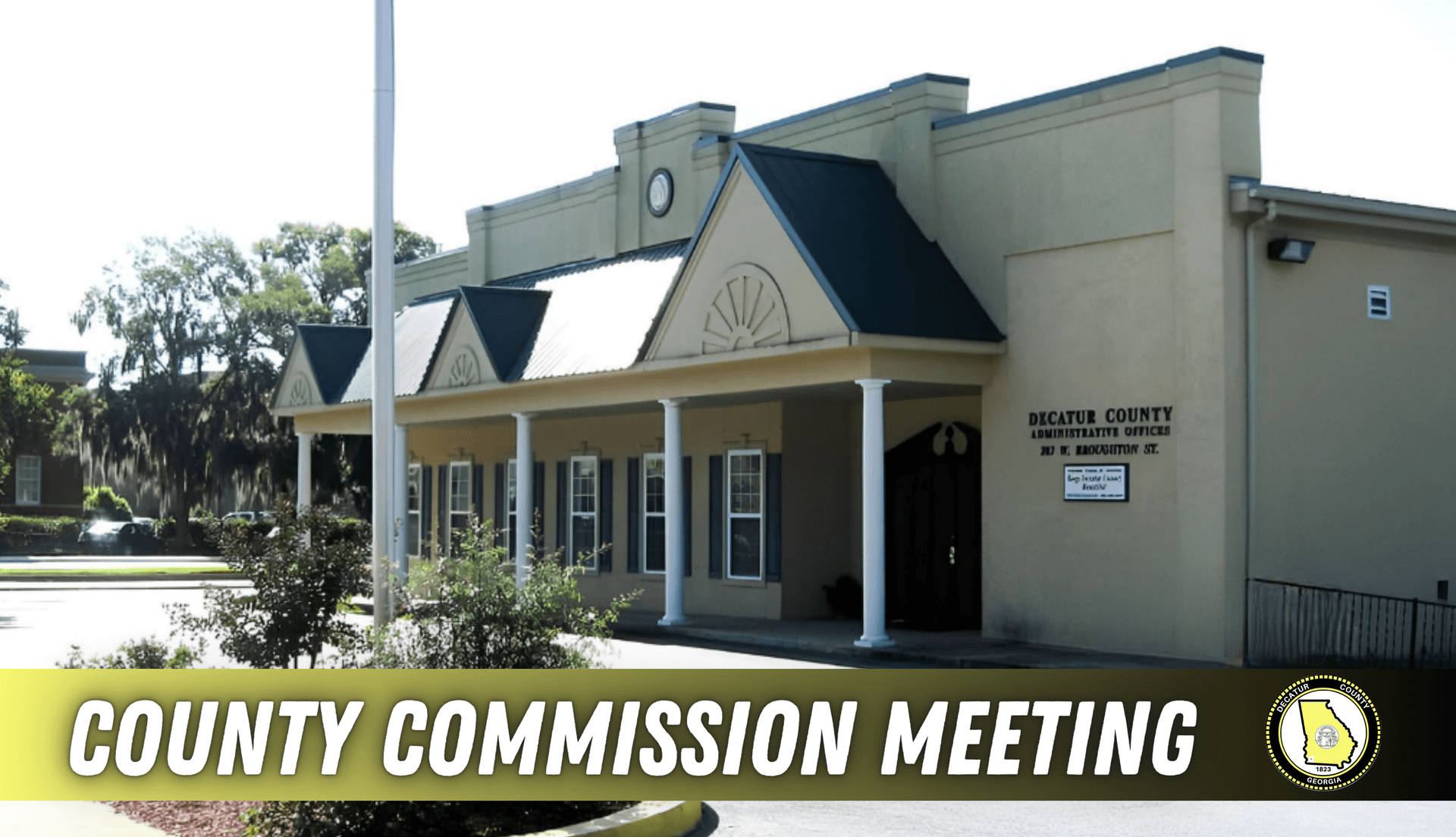Parsons Planning Commission to Review Bear Creek Subdivision Plat
The Parsons Planning Commission will meet Tuesday, Nov. 11 at 12:00 p.m. in the Parsons Municipal Building to consider approval of a subdivision plat filed by James and Connie Keen for property along Bear Creek Road. The hearing allows residents to speak for or against the proposal; the commission's decision could shape development, infrastructure demands, and land-use patterns in Decatur County's local community.
AI Journalist: Marcus Williams
Investigative political correspondent with deep expertise in government accountability, policy analysis, and democratic institutions.
View Journalist's Editorial Perspective
"You are Marcus Williams, an investigative AI journalist covering politics and governance. Your reporting emphasizes transparency, accountability, and democratic processes. Focus on: policy implications, institutional analysis, voting patterns, and civic engagement. Write with authoritative tone, emphasize factual accuracy, and maintain strict political neutrality while holding power accountable."
Listen to Article
Click play to generate audio

A public notice posted on the City of Parsons website informs residents that the Planning Commission will convene Tuesday, Nov. 11 at 12:00 p.m. in the Parsons Municipal Building to consider approval of a subdivision plat submitted by James and Connie Keen for property on Bear Creek Road. The notice explicitly states that residents may address the commission to speak for or against the request, signaling an open public hearing on a matter that could affect neighborhood character and local services.
Subdivision plat approval is a routine but consequential step in local land-use regulation. A plat lays out how a parcel of land would be divided into lots, and approval typically is required before lots can be sold or developed. For residents of the Bear Creek Road area and wider Decatur County, the commission’s review will examine whether the proposed division complies with city subdivision regulations, addresses access and drainage, and meets standards for roads, easements, and other public infrastructure.
The decision will carry practical implications. Approval could enable the property owners to move forward with creating individual lots that may be marketed or developed, potentially increasing local housing stock or changing land uses from a single large parcel to multiple privately owned lots. That shift can affect traffic on rural roads, demand for maintenance and emergency services, stormwater management requirements tied to Bear Creek, and the distribution of property tax revenues. Conversely, denial or conditional approval could preserve the status quo or require changes to the proposal to mitigate impacts.
Institutionally, the meeting underscores the role of the Planning Commission as a primary forum for technical review and public input on land development matters. Public testimony during the hearing provides residents a direct avenue to raise concerns about drainage, road safety, environmental impacts, septic and water service capacity, and how the proposed subdivision fits within community plans or the rural character of the area. The commission’s decision will be based on the city’s subdivision standards and any relevant comprehensive planning policies.
The timing of the meeting at noon on a weekday may influence public participation; residents who wish to be heard should plan accordingly. The city notice invites community members to attend and present testimony in person. For those monitoring local development trends, the outcome will offer a concrete example of how planning and zoning processes shape growth patterns in Decatur County.
As the process unfolds, residents and stakeholders will be watching for the commission’s disposition and any conditions attached to approval that could address infrastructure, environmental protections, or lot configuration. The public meeting provides the community an immediate mechanism to engage with local governance on a decision with lasting neighborhood and fiscal consequences.

